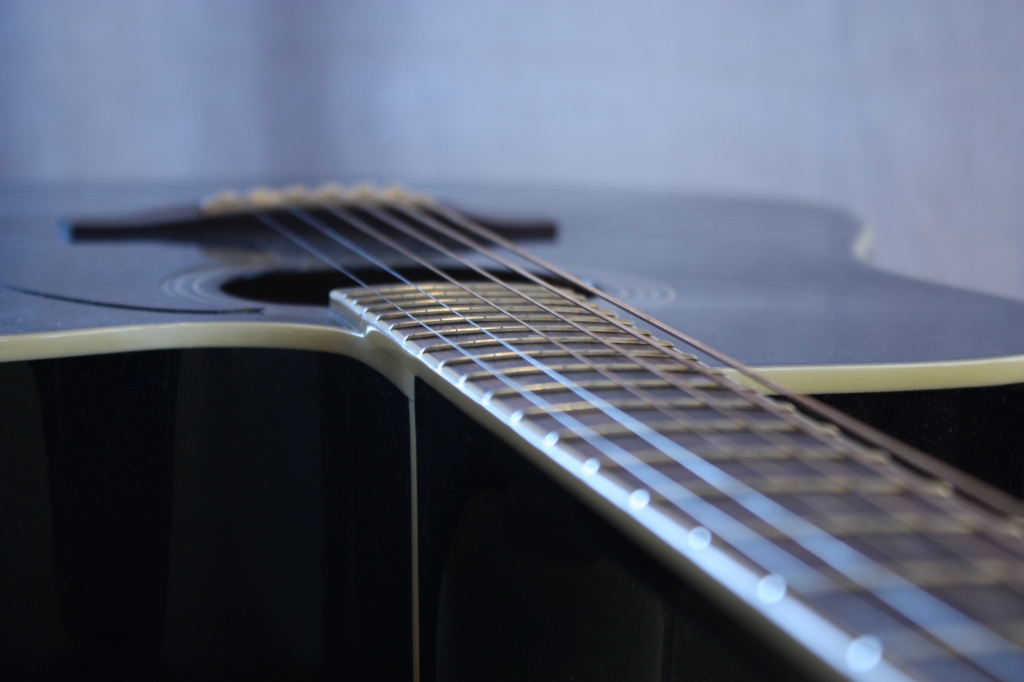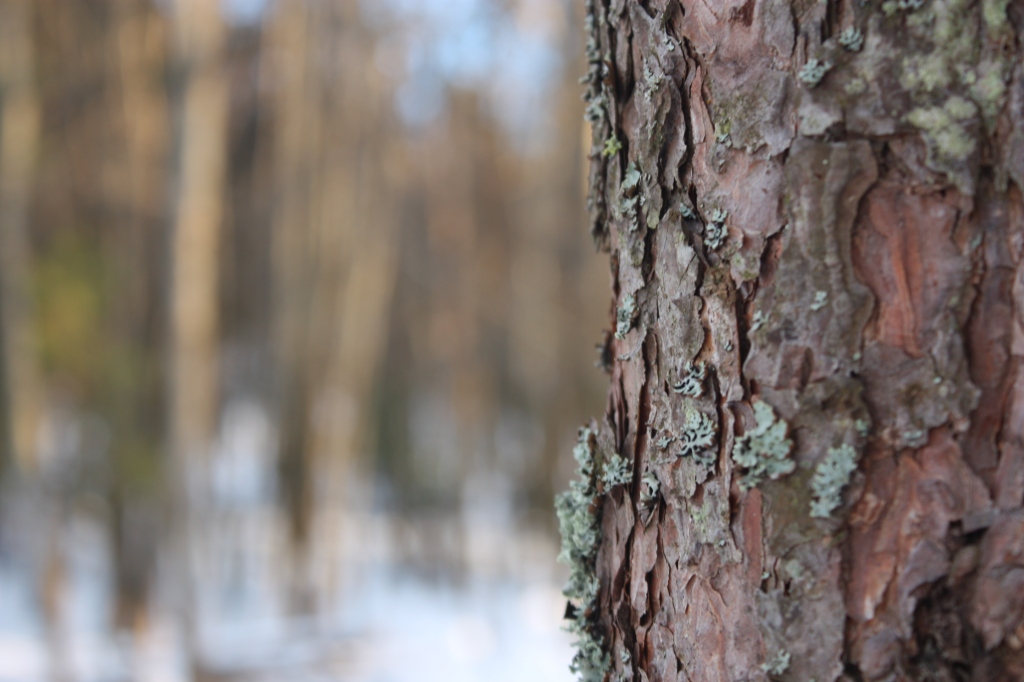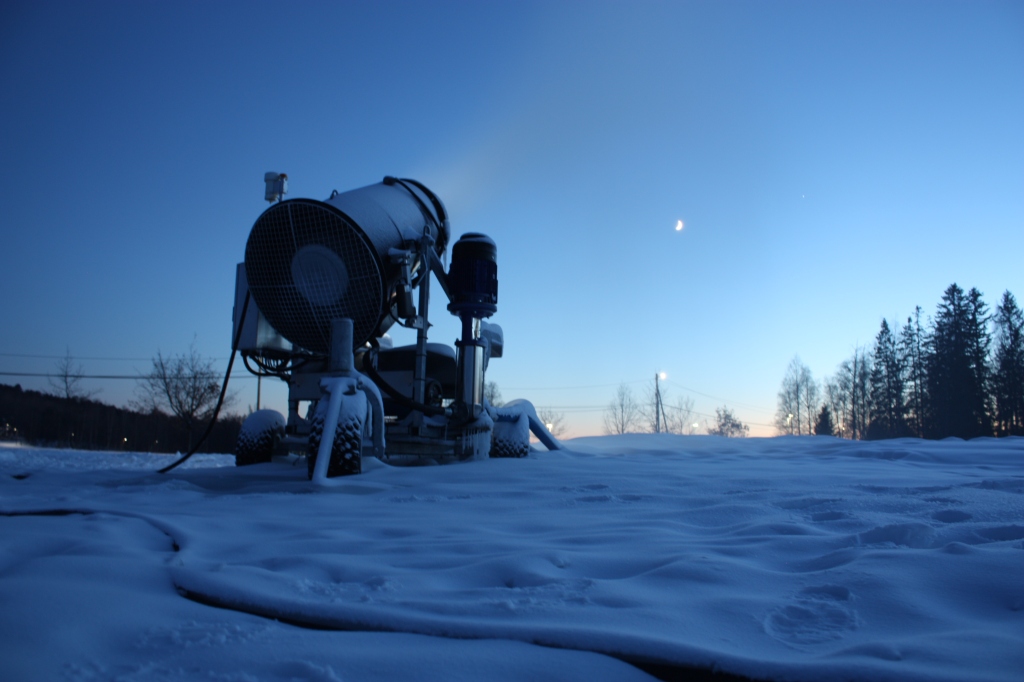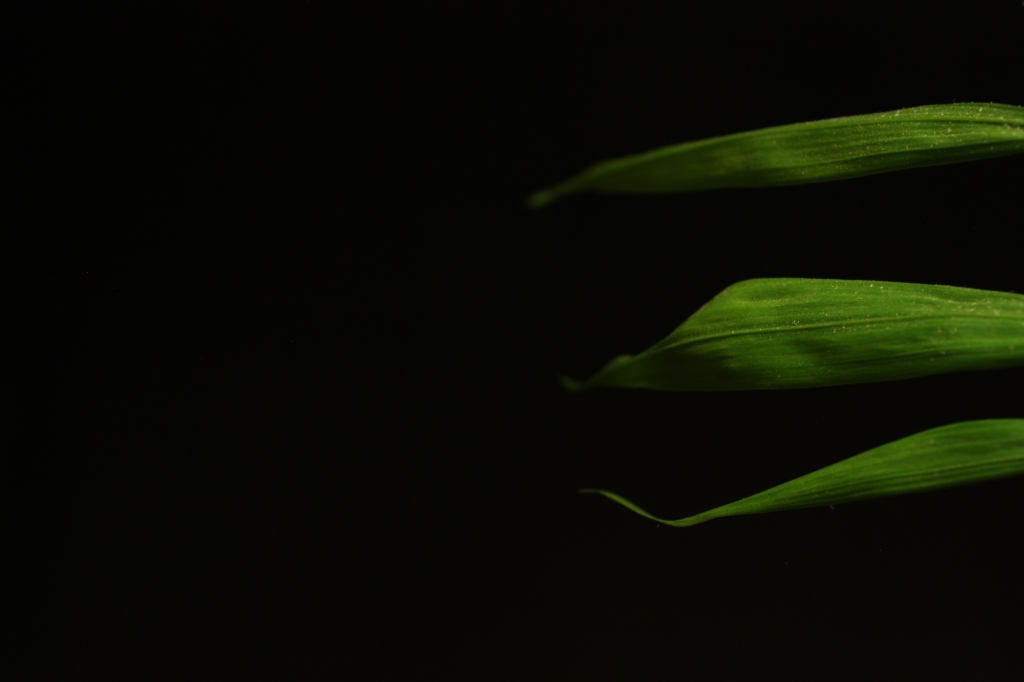This week was all about getting familiar with the DSLR camera. First off, we were going to do some experimentation with White Balance settings and Focus Modes. We were also encouraged to take pictures every day for five days, making use of the principles we’ve learned about exposure and composition.
WHITE BALANCE
For the first exercise we were asked to take multiple pictures of the same scene using different White Balance settings. First, outdoor in daylight, and then we had to repeat the process in different lighted indoor environments: a normal tungsten-lighted scene, and one with a fluorescent light. I took three pictures in each environment, one for each of the White Balance settings optimised for the three scenes: Daylight (5200 Kelvin), Indoor (3200 Kelvin) and Fluorescent (4000 Kelvin).
I started out by taking an outdoor picture with the WB-setting for Daylight. This made the image have something close to the natural colors. With the Indoor setting, the image became blue, which made the scene appear much colder. With the Fluorescent setting it ended up slightly warmer than with the Indoor setting, with more of a purple color. Since it was a cloudy day, the colors could possibly be optimised with the White Balance setting for Overcast. With the Daylight (Outdoor) setting on the tungsten-lightened indoor scene, the image became very warm and orange. The Fluorescent setting of 4000K also made the image warmer and more toward red/orange, while the Indoor setting captured the natural colors much better. The same went for the third image with a fluorescent light source: The setting for Fluorescent light gave the most natural colors, the Outdoor setting made the image warmer, while the Indoor setting made the image look colder. From this exercise, I’ve learned how the white balance affects the temperature of the image: Taking a picture with a too high Kelvin value will make the image appear more warm where the whites moves towards red/orange, while a too low Kelvin value moves the whites towards blue, and the image will have a colder look.
FOCUS MODES
The next exercise was about Focus Modes. Here, we were encouraged to try out all of the different ways to focus with the camera, both auto and manual. This is what I learned from this exercise:
The AF-S (single) mode (called One-Shot on my Canon) is good for focusing on static subjects. Pressing the shutter button halfway down allows you to recompose the shot (moving the camera to the sides, or up or down, but not backwards or forwards), while the focus stays locked on the subject you chose to focus on. The AF-C (continuous) mode (called AI-Servo on my Canon) is generally used for focusing on moving objects. This mode will allow you to lock your focus onto a moving object by pressing the shutter button halfway down, and now the camera will re-focus every time the object, which the focus was locked on, moves. In these modes, you can also choose to focus with a single point or with several points. The less points, the more accurate the focus will be. Therefore, a single point works best when you want to focus in on a specific spot, especially with a shallow depth of field, while multiple focus points are of better use when you just point and shoot more randomly. The last mode, AF-A (or AI-Focus on my Canon), is a mix between the previous two: Here the camera switches between AF-C (AI-Servo) and AF-S (One-Shot) depending to what you’re photographing.
SIX PHOTOS
For the second part of the lesson task we had to pick and submit six of the images we got during the week:
Image 1
Concept: Pattern, texture and symmetry

ISO: 100
Aperture: f/4,5
Shutter speed: 2,5 s
Image 2
Concept: Lines and perspective

ISO: 200
Aperture: f/5,6
Shutter speed: 1/2 s
Image 3
Concept: Texture and depth of field

ISO: 100
Aperture: f/5,6
Shutter speed: 1/15 s
Image 4
Concept: Perspective and space

ISO: 100
Aperture: f/4,5
Shutter speed: 1,6 s
Image 5
Concept: Low key

ISO: 100
Aperture: f/8
Shutter speed: 1,3 s
Image 6
Concept: Texture and depth of field

ISO: 100
Aperture: f/5,6
Shutter speed: 1/15 s
